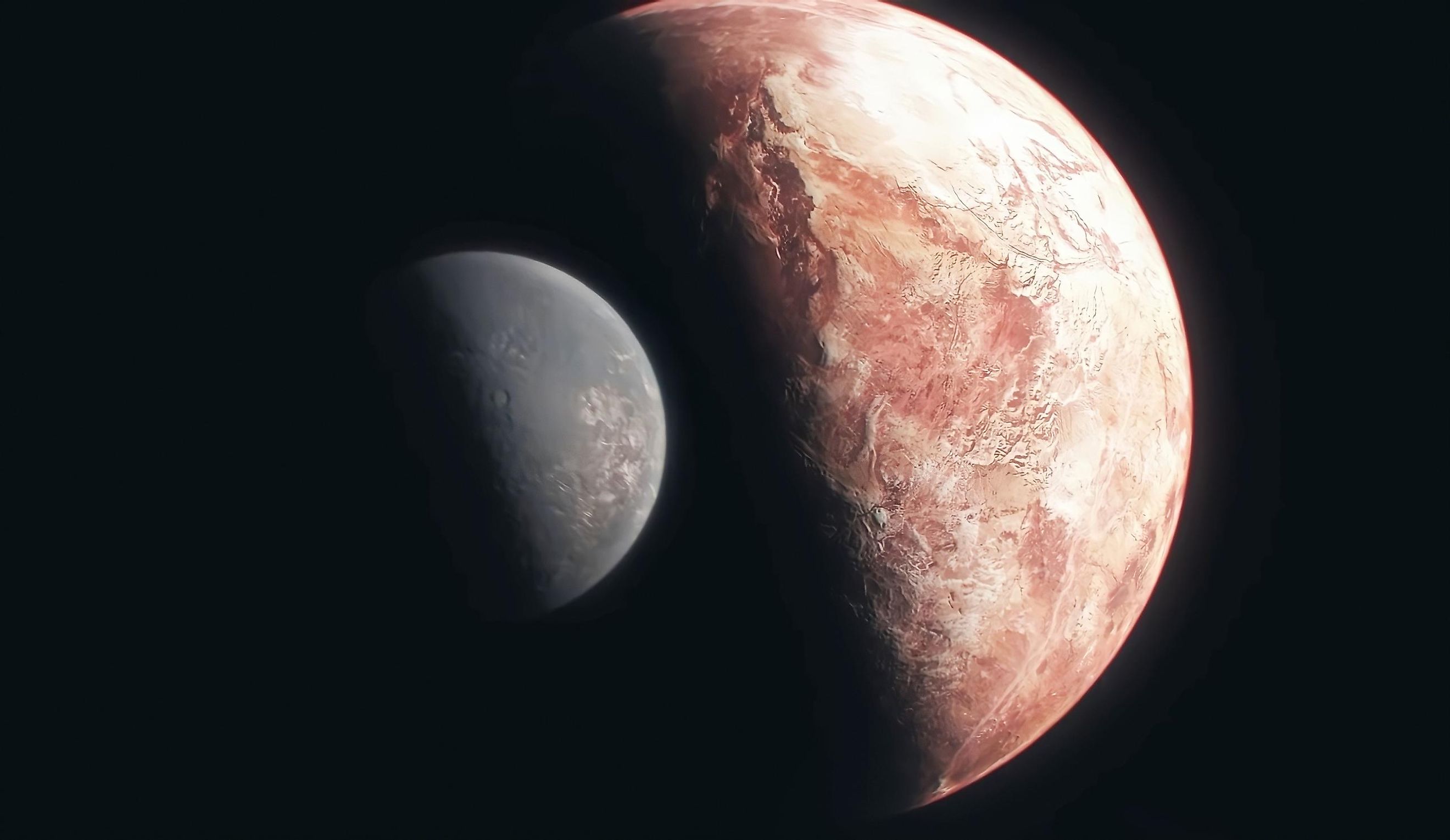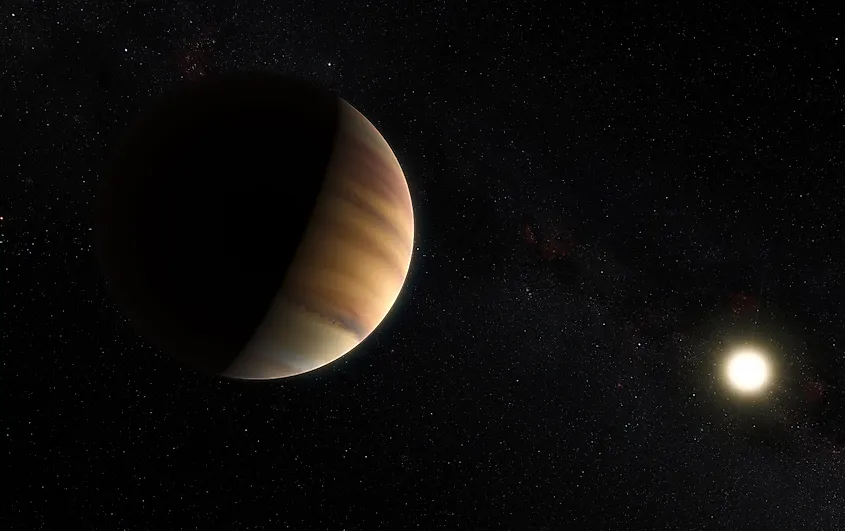
When Was The First Exoplanet Discovered?
Astronomers have confirmed the existence of over 5,000 exoplanets in our galaxy alone, and every year that number increases. Interestingly, the study of exoplanets is a fairly new area of astronomy, with the first planets beyond our solar system discovered in 1992 and the first true exoplanet having been found in 1995. How were the first exoplanets found and what type of planets are they?
The First Alien Worlds

It is important to note that the first planets found beyond our solar system are not technically defined as exoplanets. The term exoplanet means extrasolar planet, meaning it is a planet that orbits a star other than our sun. However, the first planet found beyond the solar system was discovered in orbit around a neutron star, a stellar remnant that is not defined as a true star. Rather, neutron stars are the leftover remains of a massive star that went supernova, leaving behind an ultra dense core of neutrons. Throughout the 20th century, there had been some hints of evidence of exoplanets, yet none were confirmed. The first official confirmation of a planet orbiting something other than our sun came in 1992, when a team of astronomers detected three planets orbiting the pulsar PSR B1257+12. At the time, this was a rather remarkable discovery. Not only had astronomers proved that planets did in fact exist beyond our solar system, it also showed that not every planet orbits a star. Pulsars are a type of neutron star that spin rapidly about their axis, and they generally form from the gravitational collapse of a massive star. However, if PSR B1257+12 had in fact formed from the collapse of a star, it is extremely unlikely that any planets would exist. When the star went supernova, the resulting explosion would have obliterated any orbiting worlds, and astronomers eventually came to the conclusion that PSR B1257+12 likely formed from the merging of two white dwarfs rather than the collapse of a massive star.
51 Pegasi b

Although the first planets beyond our solar system were found in 1992, they orbit a pulsar rather than a main sequence star. Since one of the primary reasons behind the search for other worlds is to find potentially habitable planets, astronomers must find planets that orbit stars. Only three years after the discovery of three planets around PSR B1257+12, astronomers confirmed the existence of a planet orbiting a sun-like star called 51 Pegasi located a mere 50-light years away. The planet, designated as 51 Pegasi b, was discovered using the radial velocity method. This method relies on the gravitational influence a planet has on its star. Although planets are tiny in comparison to their host stars, they still exert a small gravitational force on their stars that causes them to move slightly. The radial velocity method examines a star’s spectrum and uses the Doppler Effect to look for any changes in a star’s motion caused by an orbiting planet. The radial velocity method was used for the detection of all the first exoplanets. Interestingly, since the method relies on how a planet’s gravity influences a star, it is biased towards more massive planets that orbit closer to their star. In the case of 51 Pegasi b, it ended up being an entirely new class of planet called a hot-Jupiter, which are Jupiter-sized planets that orbit very close to their parent star.











